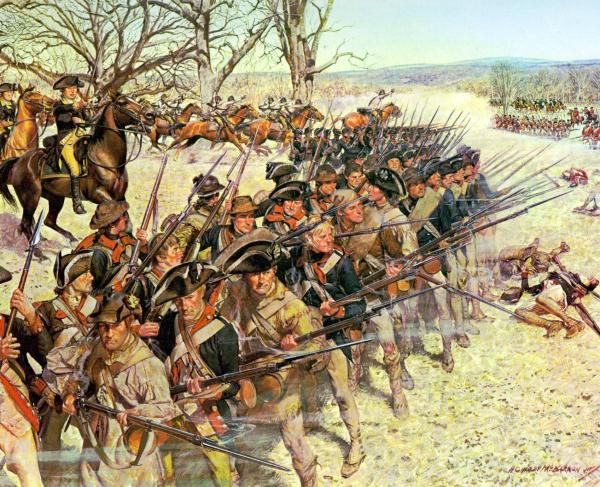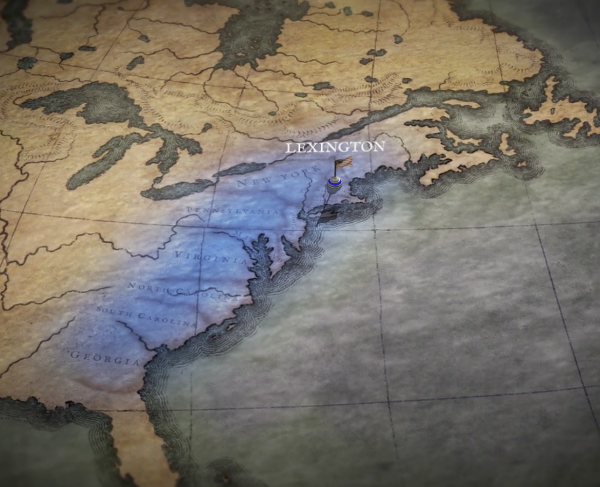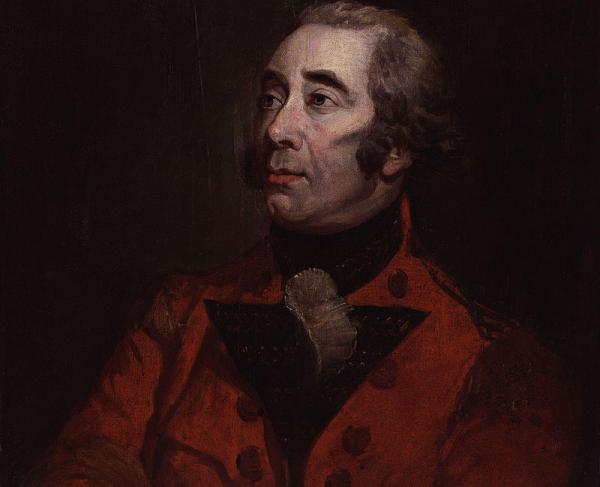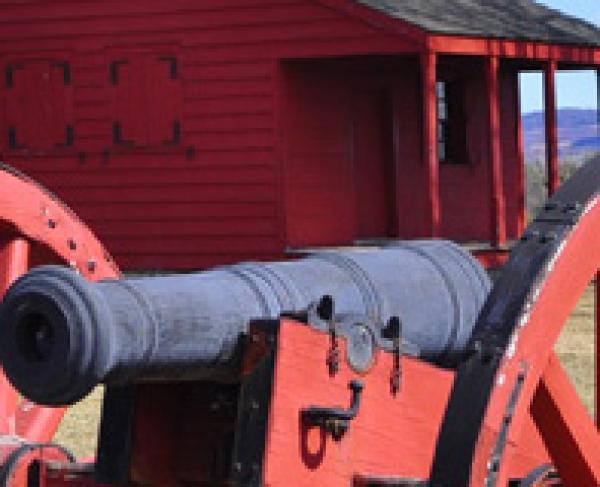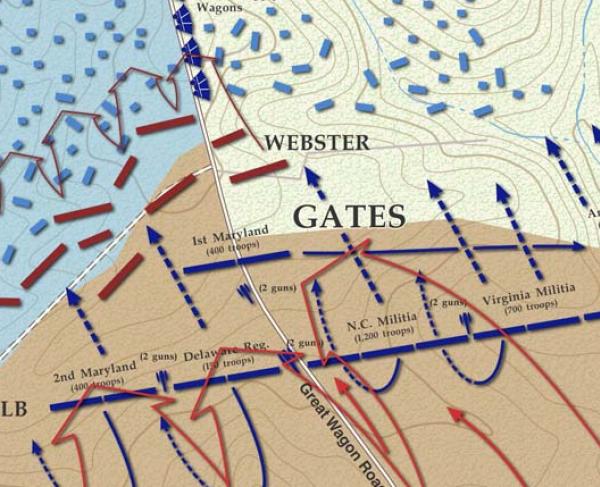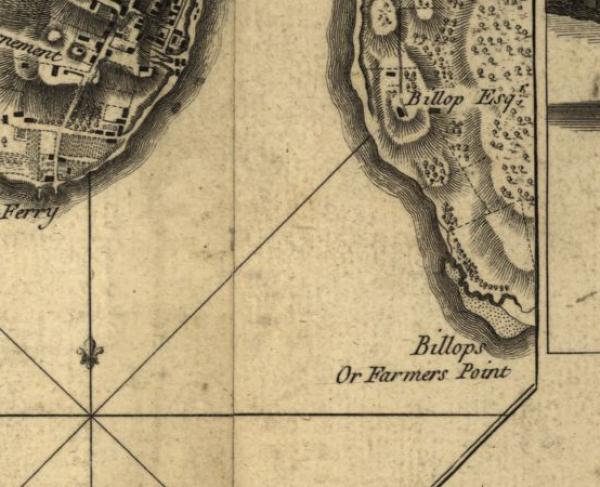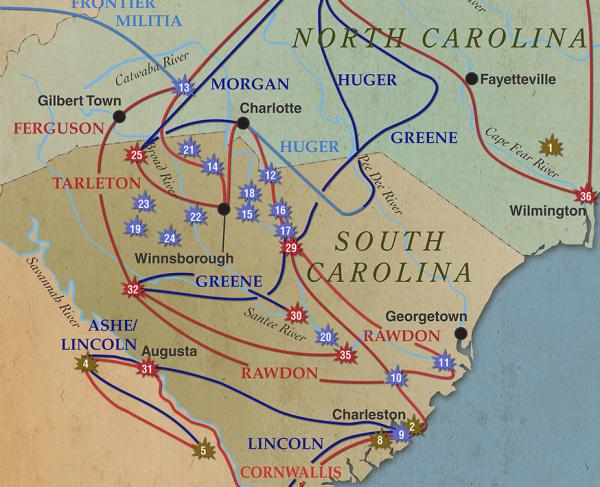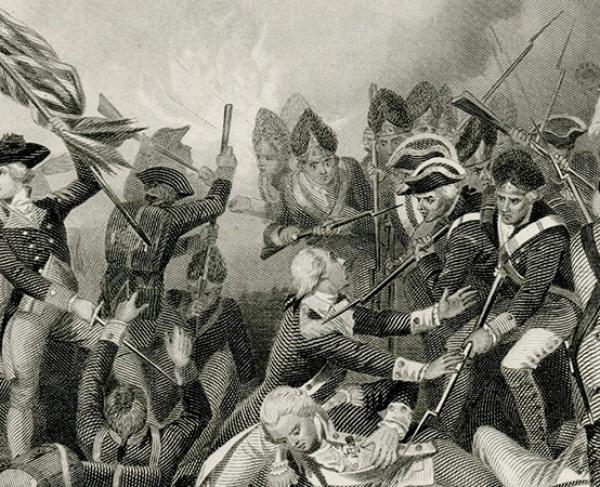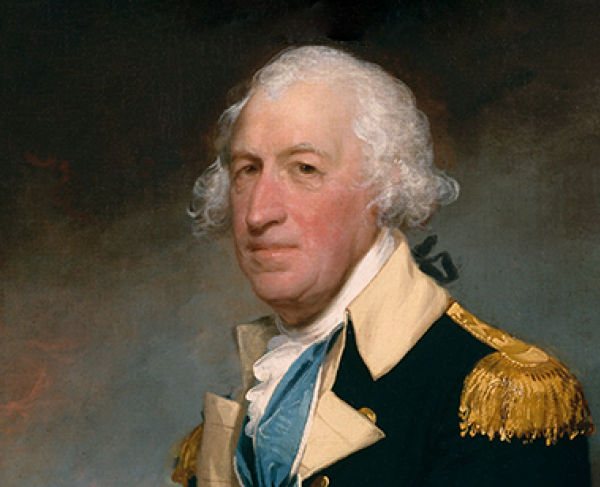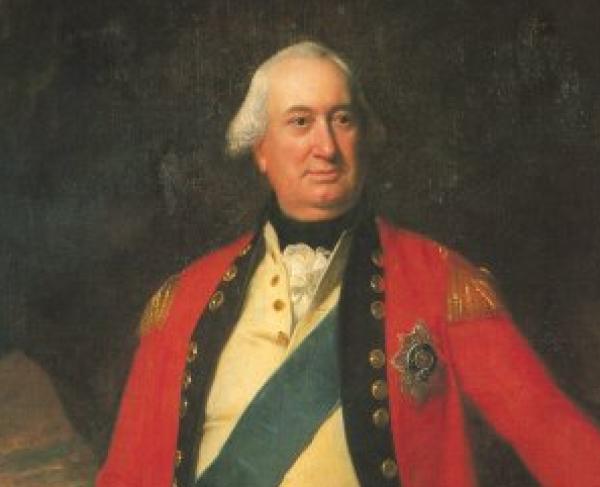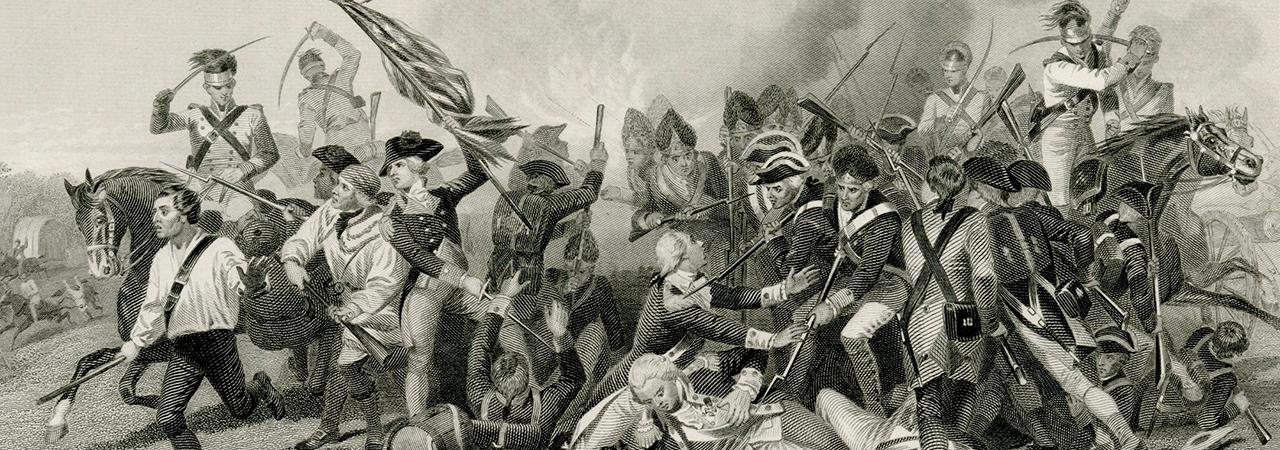
Camden
South Carolina | Aug 16, 1780
The Battle of Camden was one of several devastating defeats suffered by the Americans in the early stages of the British military offensive in the South. After capturing Charleston in May 1780, British forces under General Charles Lord Cornwallis established a supply depot and garrison at Camden as part of their effort to secure control of the South Carolina backcountry.
In July, American Maj. Gen. Horatio Gates marched his army into South Carolina, intent on liberating the state from British control. As Gates neared Camden, word of his movement reached Cornwallis at his headquarters in Charleston. The British commander immediately left the city to take the field against Gates. The armies approached one another north of Camden early on the morning of August 16, 1780.
After a brief skirmish Gates formed his men for battle. He made a critical error in his deployment. Under the custom of 18th Century warfare, the most experienced units were placed on the right of the line. Gates positioned the veterans from the Maryland and Delaware Line on the right. He should have recognized, however, that his opponent would do the same. The American commander positioned inexperienced Virginia militia under Brig. Gen. Edward Stevens on his left.
When he arrived on the field Cornwallis formed the veteran 23rd and 33rd Regiments of Foot on his right to face Stevens. The regiments were led by one of his best line officers, Lt. Col. James Webster.
When the British advanced and presented bayonets, the Virginians immediately turned and ran. Their flight carried to North Carolina militia in the center of Gates's line and the American position quickly collapsed.
The Continental Regulars from Maryland and Delaware, however, withstood the onslaught. Under Maj. Gen. Johann de Kalb, the Continentals remained on the field as Gates and the rest of the army fled. Nearly surrounded and overwhelmed many joined their comrades in the retreat. Among Gates's casualties were de Kalb. Mortally wounded, he died several days later in Camden.
Gates's defeat cleared South Carolina of organized American resistance and opened the way for Cornwallis to invade North Carolina. Approximately two months after Camden, Maj. Gen. Nathanael Greene accepted the command of the Southern Department and replaced the one time hero of Saratoga. Greene went on to play a critical role in the Carolinas, directing operations that eventually led to the American victory.
Camden: Featured Resources
All battles of the Southern Theater 1780 - 1783 Campaign
Related Battles
3,700
2,230
1,900
324
